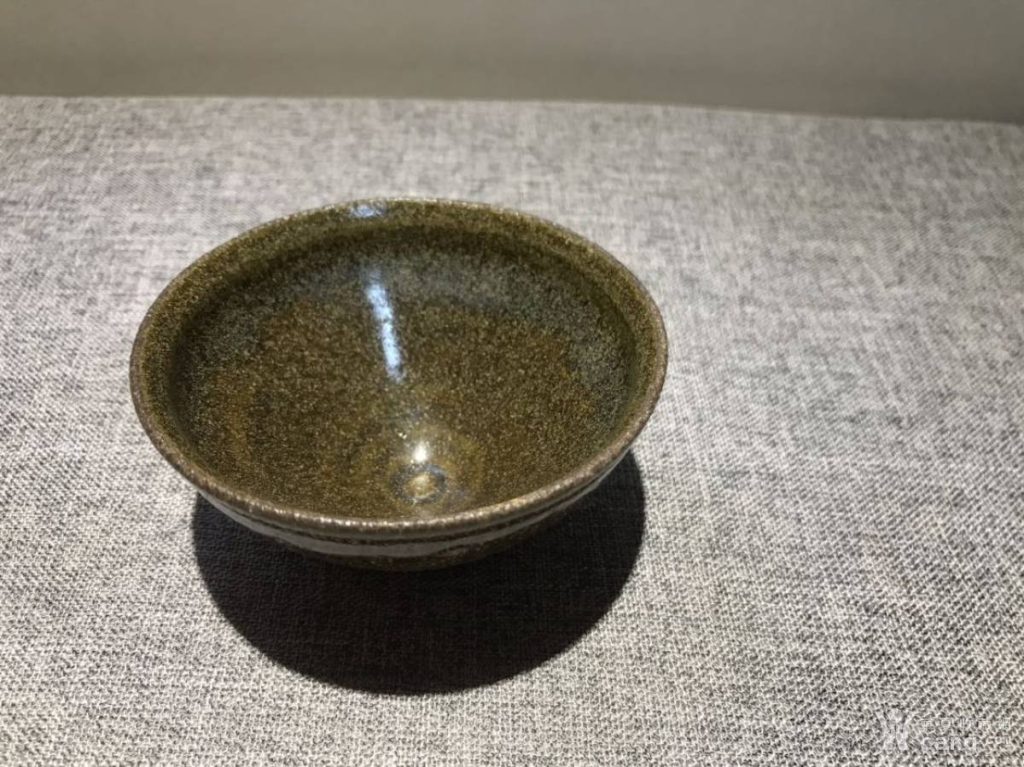Jian Zhan is a representative of black porcelain, first created during the Tang Dynasty in China, over 1,400 years ago.
It flourished in the Song Dynasty, where it was used by the imperial court as a royal tea set and became one of the eight famous porcelains of the Song era.
Jian Zhan is a well-known type of porcelain from the Jian Kiln and is a specialty of Jianyang District, Nanping City, Fujian Province.
It is also a product with a protected geographical indication in China. The craft of making Jian Zhan was only revived in the 1980s.
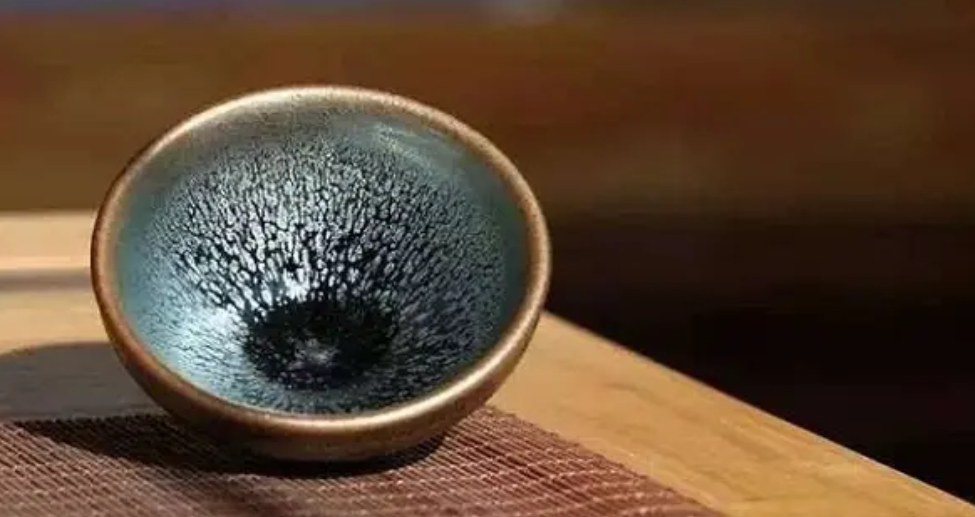
1. Classification of Jian Zhan
Jian Zhan bowls generally have a wide mouth and a narrow base, with some shaped like a funnel.
Most have a foot ring that is shallow, chamfered, and slightly inclined outward at the bottom. A few are small round bowls.
The designs are simple and robust, with a generally heavy feel. Jian Zhan is divided into four main types: wide-mouthed, flared, contracted, and tied-mouth, each available in large, medium, and small sizes.
Jian Zhan was an essential tool for tea competitions during the Song Dynasty. Craftsmen at the Jian Kiln skillfully combined smooth and practical shapes, lustrous glaze colors, and unique patterns, bringing these elements together in harmony and raising Jian Zhan to the peak of Song Dynasty black-glazed porcelain.
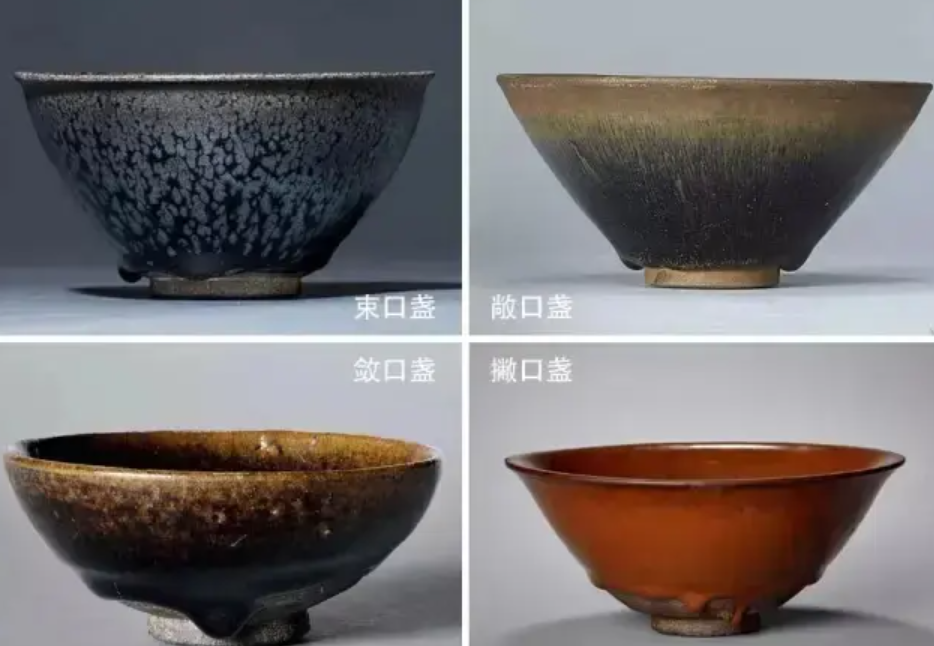
- Wide-mouthed Jian Zhan
These have a slanted and slightly curved outer wall. The exterior wall is almost a straight line, often referred to as a “dòulì” bowl, as its shape resembles that of a traditional Chinese hat.


2. Flared Jian Zhan
These have a slanted outer wall with a rim that flares outward. The body has a distinct curvature, making it aesthetically pleasing when tea is poured.
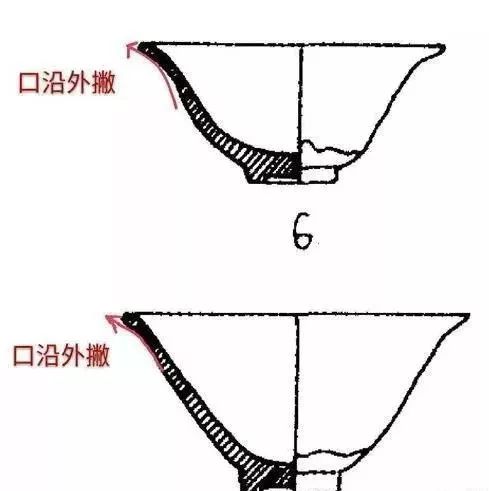

3. Contracted Jian Zhan
The rim slightly contracts inward, giving the bowl a full-bodied appearance. Common examples include the “Zen Cup,” “Prajna Cup,” and “Egg Cup.”
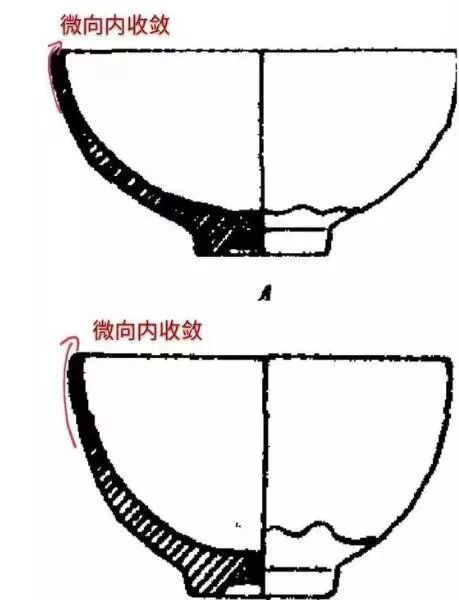
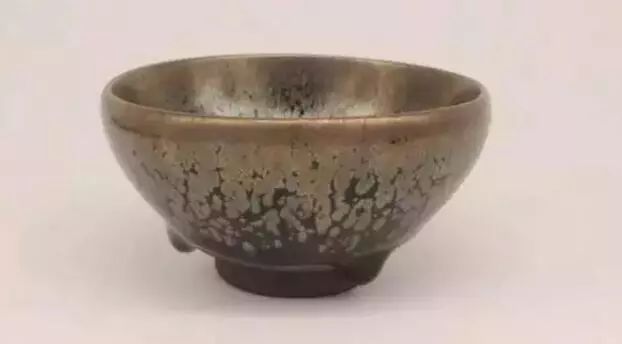
4.Tied-mouth Jian Zhan
These have a rim with a wavy edge that curves inward, forming a raised ring inside the bowl (a water line). Tied-mouth Jian Zhan bowls were used for tea competitions during the Song Dynasty and are the most common type found among both excavated and existing pieces.

2. Materials Used in Jian Zhan Production
The firing technique of Jian Zhan is a long-standing traditional craft of the Han people. The clay for Jian Zhan is mainly sourced locally from Shuiji in the Jian Kiln area.
This iron-rich clay contains high levels of iron, silicon, and aluminum, and is free from industrial pollution.
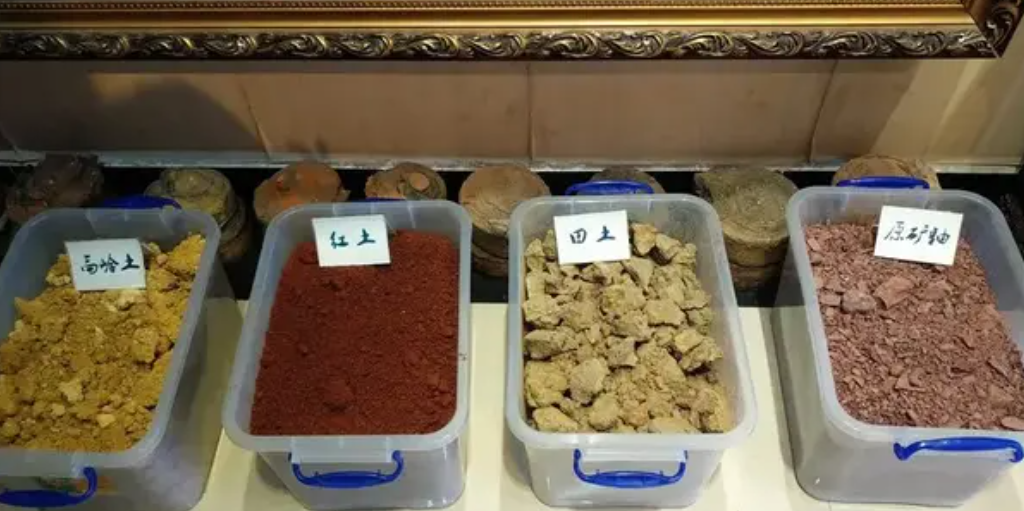
- Selection of Clay
The clay is sourced from natural mineral deposits near Houjing Village in Shuiji Town, Jianyang, known for its high iron content, giving the finished product its unique “iron body” characteristic. - Glaze Preparation
The glaze is made mainly from quartz, with some feldspar and plant ash added. The mineral soil and plant ash are mixed and ground into a slurry to create the glaze. - Firing Process
The process involves 13 steps: selecting the porcelain minerals, crushing the minerals, washing, mixing, aging, kneading, wedging, forming, trimming, bisque firing, glazing, loading the kiln, and firing.
The yield rate of successfully fired Jian Zhan is very low, with the possibility of only one in a thousand or even one in ten thousand being perfect.
A high-quality Jian Zhan requires precise control over every step, especially temperature and timing.
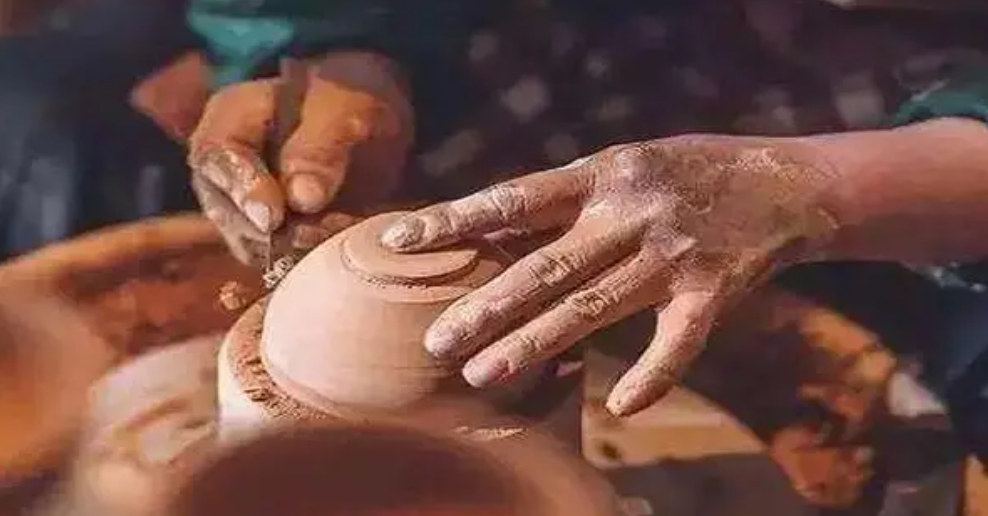
3. Master Craftsmen of Jian Zhan
Today, there are more than 2,000 artists involved in creating Jian Zhan. The remarkable achievements of Jian Zhan in modern times are inseparable from these craftsmen.
Renowned masters include those recognized at national, provincial, and city levels as intangible cultural heritage inheritors. Most well-known and widely appreciated are national and provincial level craftsmen.
National Level:
- Sun Jianxing, Chinese Master of Ceramic Art (National intangible cultural heritage inheritor)
- Chen Dapeng, Chinese Master of Arts and Crafts (Lifetime Achievement Award)
- Li Da, Chinese Master of Ceramic Art
Provincial Level:
- Senior Arts and Crafts Masters: Chen Qifu, Li Jiazhan
- Provincial Intangible Cultural Heritage Inheritors: Cai Bingsheng, Huang Meijin, Xu Jiayou, Cai Binglong, Sun Li, Xiong Zhonggui
4. Glaze Colors of Jian Zhan
Kiln glazes are divided into two main categories: black glaze and variegated glaze. Jian Zhan’s black glaze includes “wujin” (black gold) glaze, “tuhai” (hare’s fur) glaze, and “youdi” (oil spot) glaze.
Variegated glazes result from excessively high firing temperatures and include persimmon red glaze, tea leaf glaze, celadon glaze, crackled glaze, ash glaze, gray-white glaze, sauce glaze, rainbow spots, exotic hare’s fur, iron rust spots, and tiger skin spots.
The firing temperatures for different glazes, from low to high, are in the order: tea leaf glaze → black gold → oil spot → hare’s fur → sauce glaze → persimmon red.
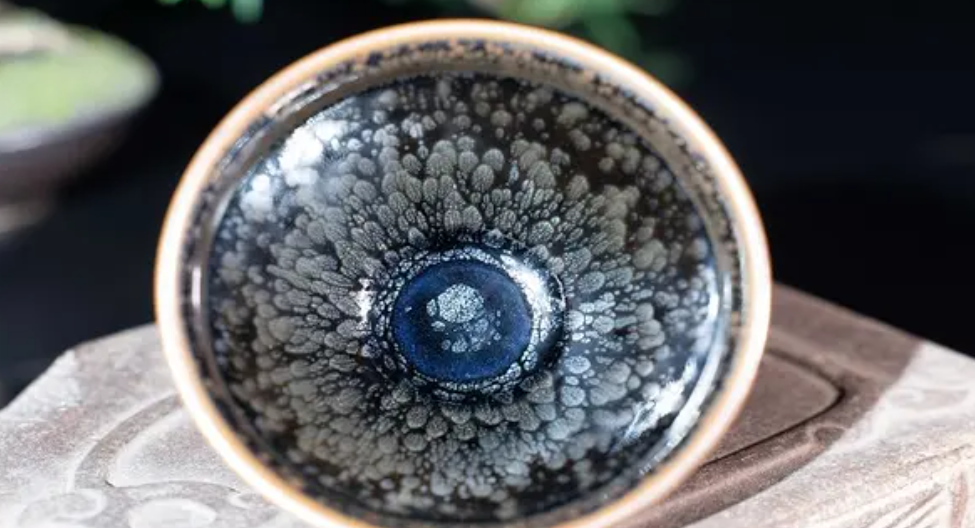
5. Most Popular Jian Zhan Glaze Colors
The most popular Jian Zhan glaze colors are hare’s fur, oil spot, black gold, “yao bian” (transmutation), and variegated glazes.
- Hare’s Fur Glaze (Tuhai)
The most popular and distinctive type of Song Dynasty black glaze is “tuhai” or hare’s fur glaze, produced mainly by the Jian Kiln.
As described in the “Great View on Tea,” “The cup color is best in blue-black, and those with jade-like fur are superior.”
The jade-like fur refers to the hare’s fur glaze, which features fine and long stripes resembling the soft fur of a rabbit.
The stripes should be long and straight, with a strong three-dimensional effect and clear boundaries.
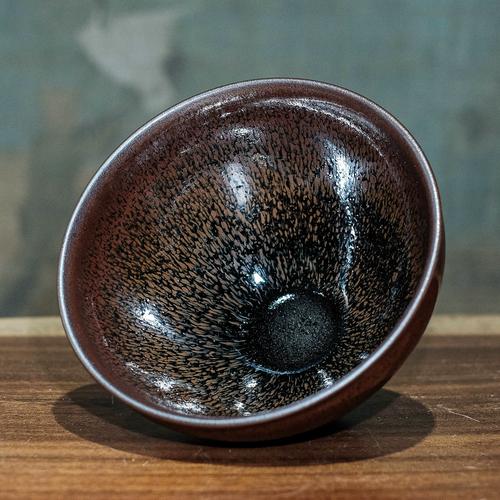
2. Oil Spot Glaze
Also known as crystallized glaze in modern terminology, oil spot glaze is named for its appearance resembling oil droplets floating on water.
The surface is covered with small, silvery, metallic sheen spots, which vary in size from a few millimeters in diameter to as small as a needlepoint.
The oil spot glaze requires a strong reduction firing atmosphere, with the best colors being colored spots, followed by silver blue spots, silver spots, and finally brown spots.
In sunlight, the colored and silver spots show vibrant colors, while brown spots show little change.
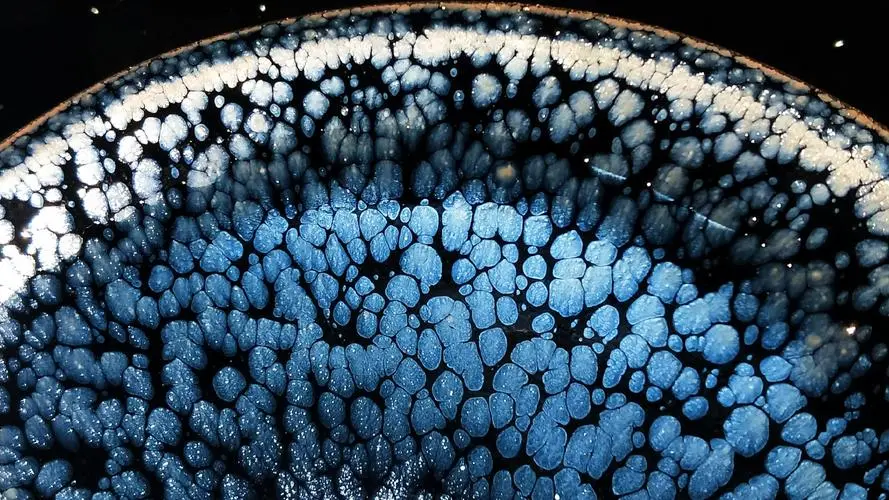
3. Yao Bian (Transmutation) Glaze
Unlike hare’s fur glaze, which is a special effect created by human control, “yao bian” or kiln transmutation is entirely natural and uncontrollable.
Each yao bian glaze is unique and cannot be replicated. The patterns on yao bian bowls often form nearly circular shapes, clustered together.
Although appearing distinct from oil spots and hare’s fur at first glance, they are not entirely unrelated. Under a microscope, oil spots show crystallized color within the spots and black outside, while yao bian is the opposite, with a dark core like a “black hole” surrounded by a halo. This formation is known as “spot core.”
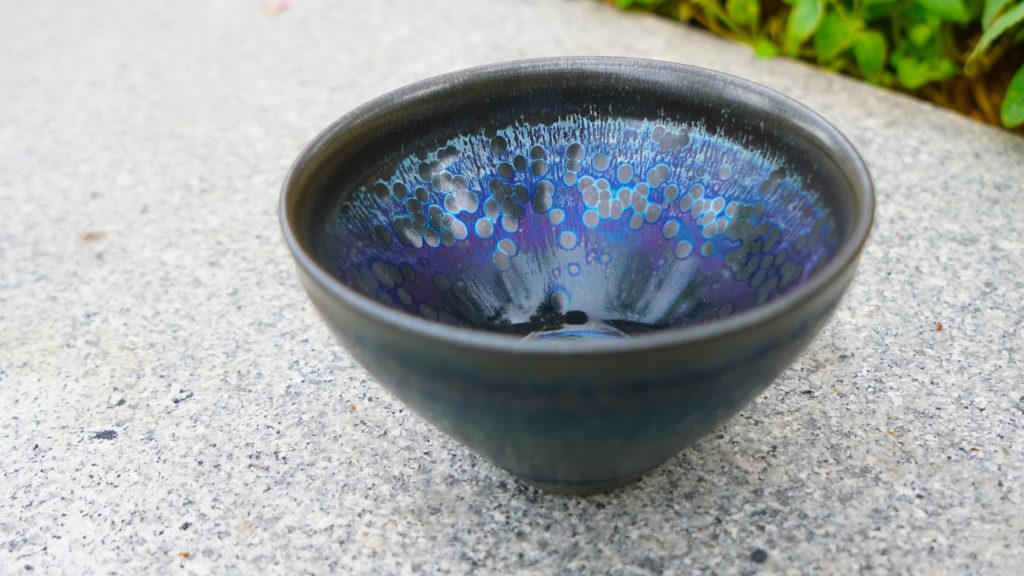
4. Black Gold Glaze
The most lustrous of black glazes, black gold glaze is smooth and glossy like black lacquer.
Jian Kiln’s monochrome bowls range from light to deep shades, with pure black being the most precious.
Firing pure black glaze requires high temperatures and a completely oxygen-free kiln atmosphere.
The Song Emperor Huizong praised, “The cup color is best in blue-black,” highlighting its value.
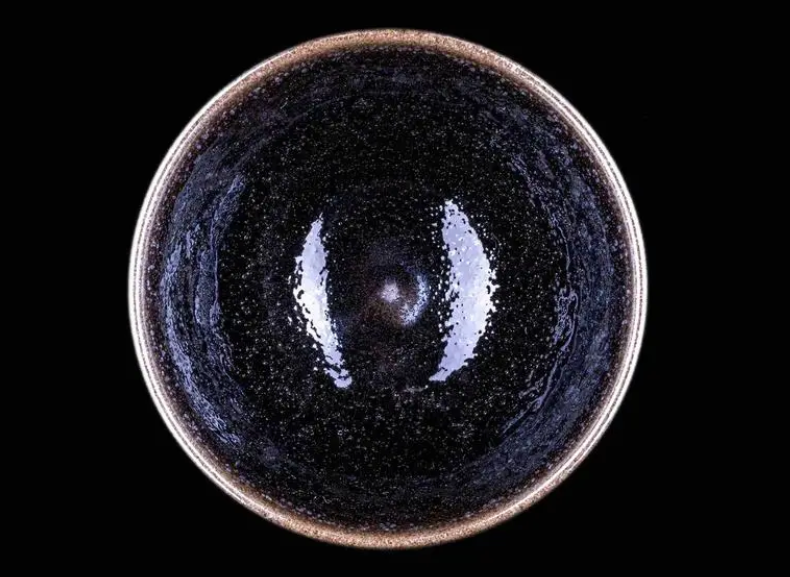
5. Persimmon Red Glaze
One type of Song Dynasty Jian Zhan, known as persimmon red glaze, shows a simple, single glaze color without kiln transmutation or crystalline effects like hare’s fur or oil spot.
In Japan, persimmon red glaze bowls are called “gray sky Tianmu” and considered a valuable variety.
This glaze color is antique and elegant, initially appearing rough, but revealing exquisite details upon closer inspection.
It does not rely on bright colors or decorative patterns but conveys a rustic beauty and demonstrates a deep level of craftsmanship.
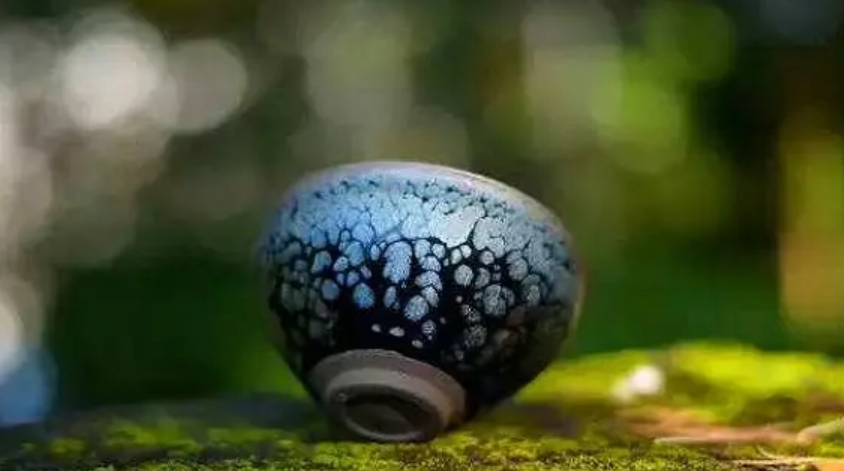
6. Tea Leaf Glaze
Generally green or blue, tea leaf glaze is best when its color is clear and green, with high vitrification and crackle patterns.
The glaze is enchanting with its yellow-green color, as tender as newly sprouted buds, with a translucent layer resembling an autumn pond.
Within the glaze are reflective crystals like tea powder. Uniquely, tea leaf glaze often exhibits crackling patterns, as if echoing the clear, crisp sound of ice breaking.
